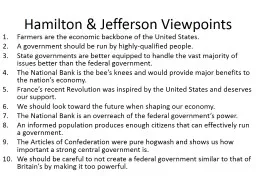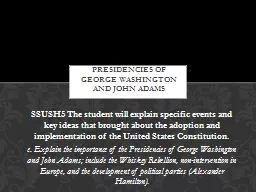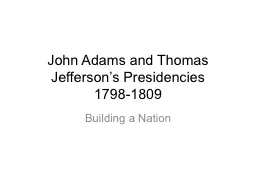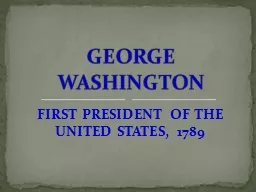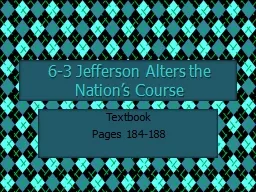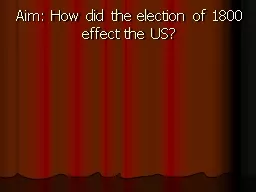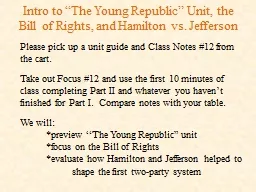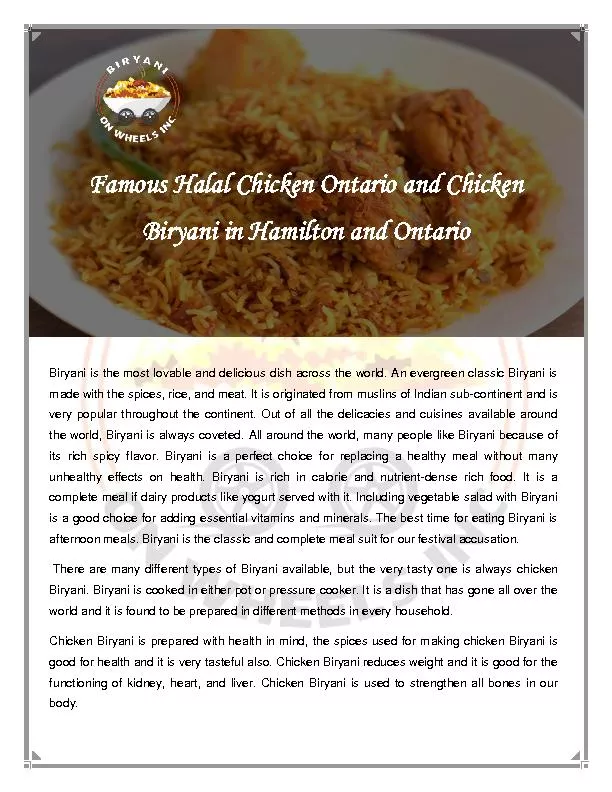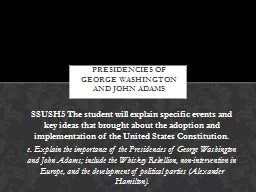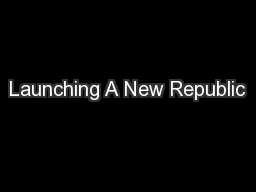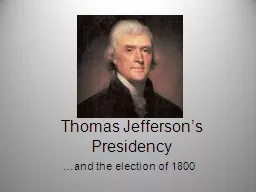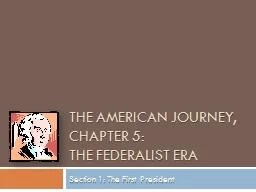PPT-Hamilton & Jefferson Viewpoints
Author : celsa-spraggs | Published Date : 2017-05-02
Farmers are the economic backbone of the United States A government should be run by highlyqualified people State governments are better equipped to handle the
Presentation Embed Code
Download Presentation
Download Presentation The PPT/PDF document "Hamilton & Jefferson Viewpoints" is the property of its rightful owner. Permission is granted to download and print the materials on this website for personal, non-commercial use only, and to display it on your personal computer provided you do not modify the materials and that you retain all copyright notices contained in the materials. By downloading content from our website, you accept the terms of this agreement.
Hamilton & Jefferson Viewpoints: Transcript
Download Rules Of Document
"Hamilton & Jefferson Viewpoints"The content belongs to its owner. You may download and print it for personal use, without modification, and keep all copyright notices. By downloading, you agree to these terms.
Related Documents

